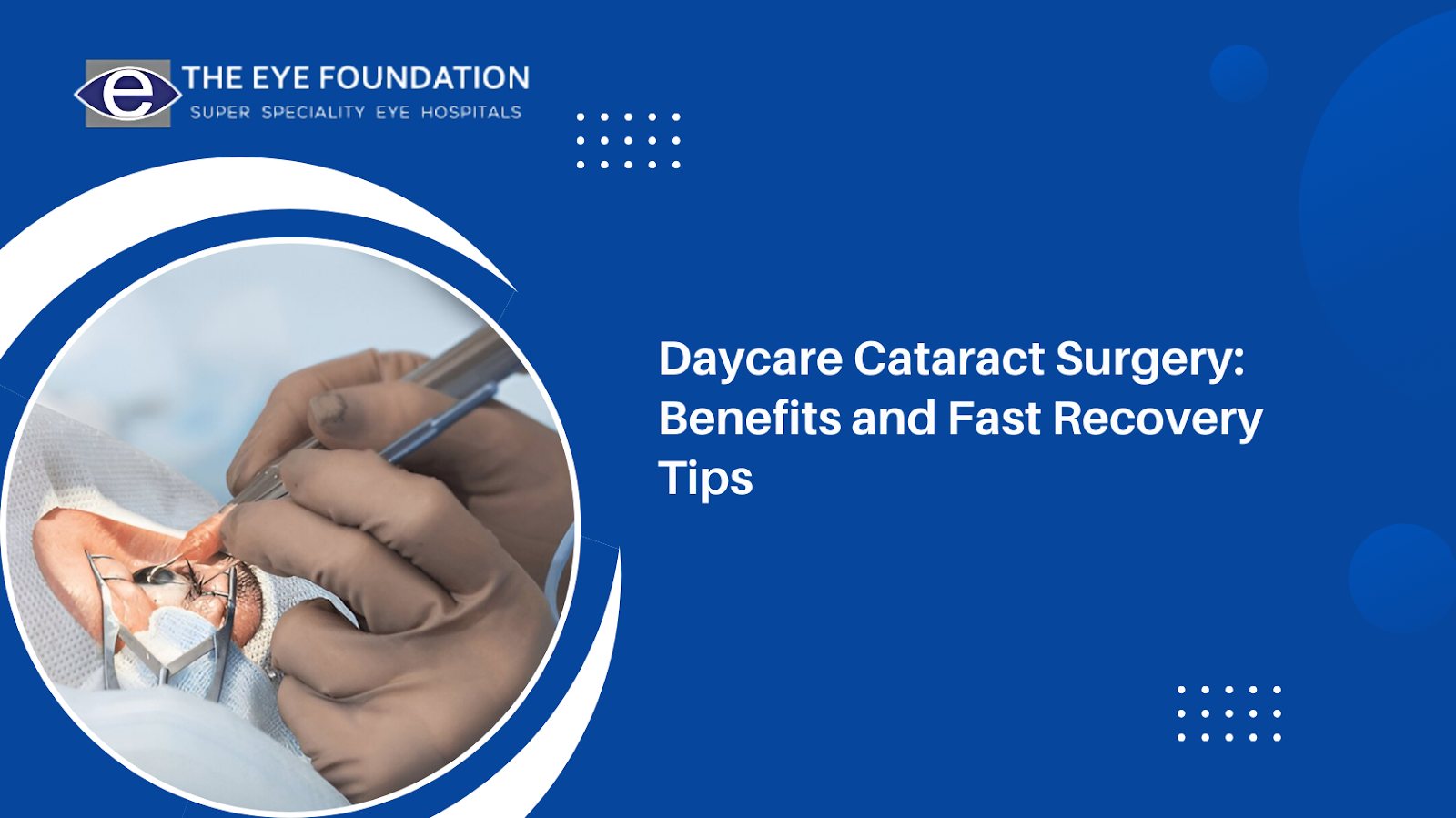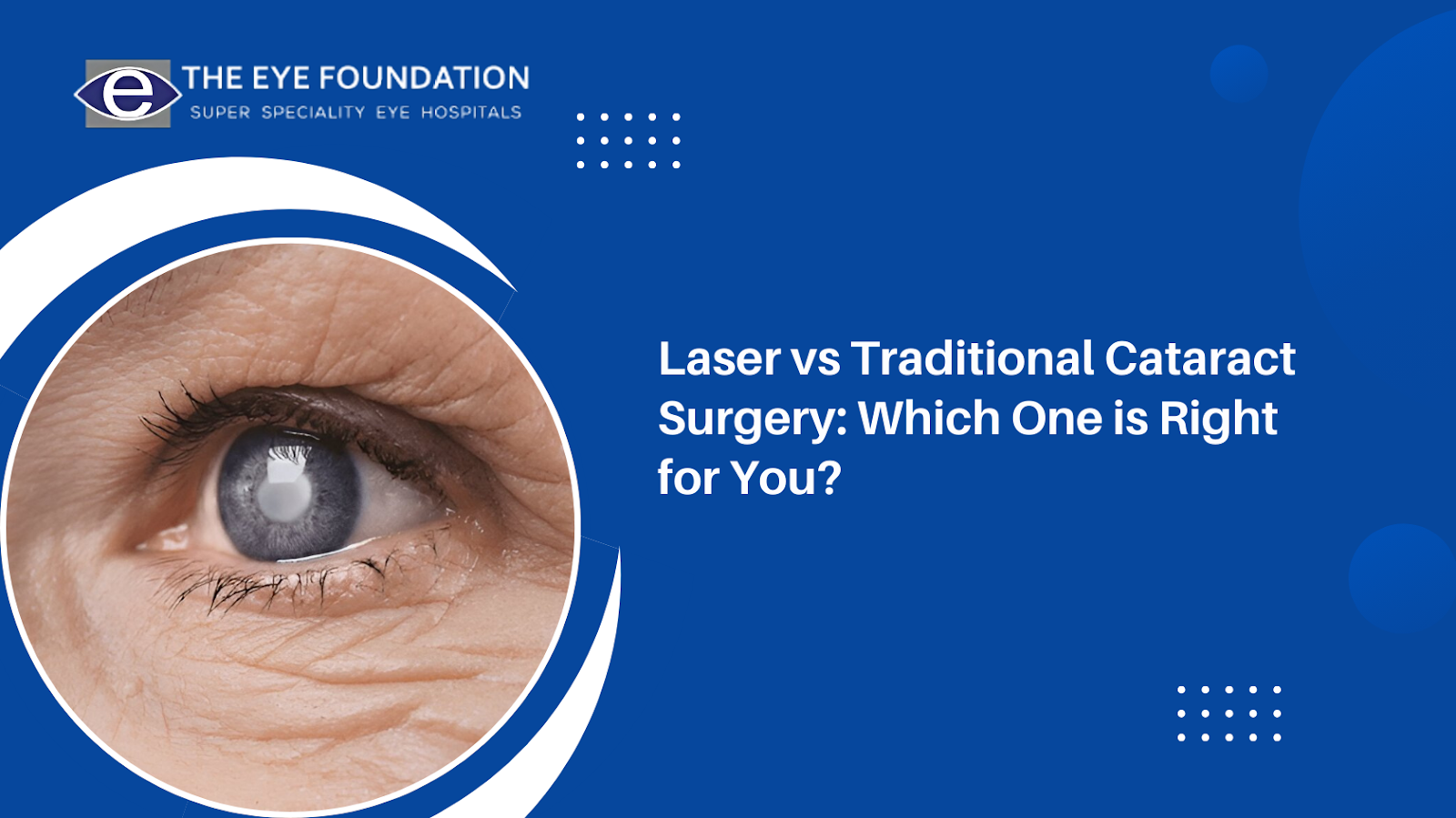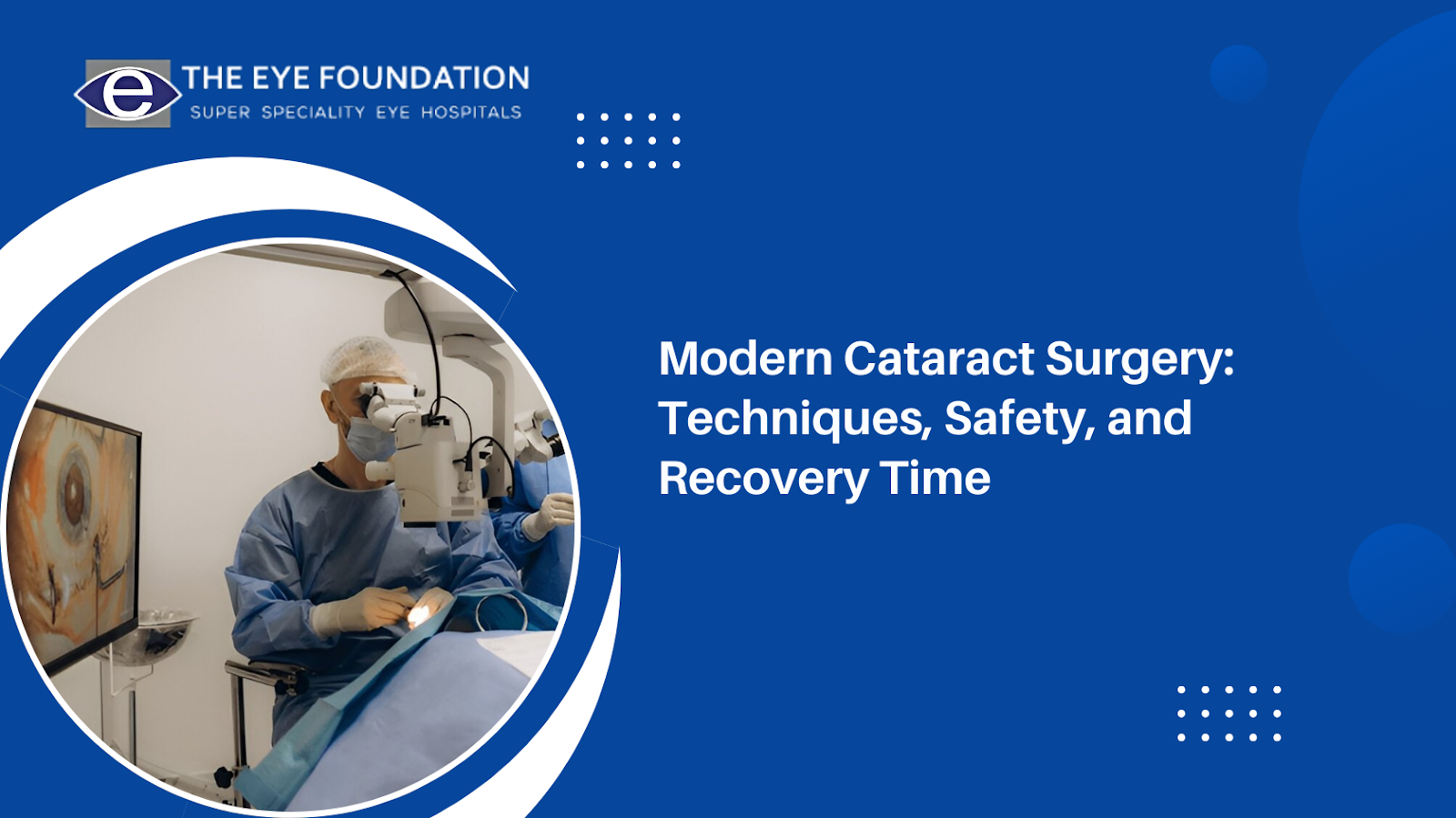Screens are everywhere at work, at home, and even when you travel. As digital habits become more ingrained, the chances of developing computer vision syndrome steadily increase. But here’s something many people overlook: summer is actually the best time to get checked for it.
Increased screen time, dry indoor environments, and extended daylight hours can make the symptoms of vision syndrome in summer even more noticeable. Let’s explore why this season is ideal for an eye check-up and how you can ease the discomfort effectively.
Understanding Computer Vision Syndrome
Computer vision syndrome (CVS), also called digital eye strain, refers to a set of eye and vision-related issues caused by prolonged screen use. Common symptoms include:
- Eye strain or fatigue
- Blurry vision
- Dry eyes
- Neck and shoulder discomfort
- Headaches
Anyone who spends two or more hours on a digital device daily may be affected by CVS and most people easily cross that threshold.
Computer Vision Syndrome: Why Summer Worsens Its Symptoms
You might think that the winter or monsoon months are harder on your eyes, but the summer actually makes more pronounced due to a few seasonal factors:
1. More Recreational Screen Use
Summer is vacation time, holiday time, and break time. People place more emphasis on leisure watching movies, gaming, and browsing social media which can lead to hours of additional screen time spent on recreational activities.
2. Air Conditioning and Low Humidity
Air conditioning can provide comfort and relief to the heat, but it lowers the indoor humidity. The drier the air, the more your dry eye symptoms can become enhanced by computer vision syndrome symptoms, especially in an air conditioned environment.
3. Longer Daylight = Longer Screen Time
The longer days of summer can mean people stay working or surfing for even longer into the evening hours.
4. Outdoor Glare on Screens
When you use digital devices outdoors or by a window, sunlight glare can make your screen difficult to view without squinting which forces your eyes to work harder, adding to the stress and fatigue.
How to Protect Your Eyes During Summer
Use the 20-20-20 Rule
Have your eyes focus on a point 20ft in front of you for 20 seconds every 20-minutes. This is a quick and easy way to have your eyes take a little break.
Keep Eyes Hydrated
Use lubricating eye drops if your eyes feel dry, especially in air-conditioned rooms. Drinking water also helps maintain internal hydration.
Adjust Your Screens
- Reduce brightness to match ambient light
- Enable blue light filters
- Maintain a proper viewing distance (20–28 inches away)
Wear Sunglasses with UV and Anti-Glare Protection
If you work near windows or outdoors, invest in sunglasses that protect from harmful rays and reduce screen glare.
Why Summer is the Right Time for an Eye Check-Up
Eye exams can often be postponed, but when it comes to suffering from vision syndrome in summer, don’t wait! The combination of heat, low humidity indoors, and extended screen use can quickly aggravate symptoms. If you're still unsure why the summer months are the clear preference for visiting the eye doctor, here are three points to convince you otherwise:
Flexible Schedule
Summer may offer more flexibility in terms of breaks, shorter work weeks, or vacations. This gives you more freedom to prioritize your own health and wellness which includes your eyes.
Address Discomfort Early
You may not identify the early stages of computer vision syndrome until symptoms worsen over time. A summer visit with your doctor will lead you to seek that attention in a timely manner so the doctor can intervene before anything trends to obviously affect your daily living.
Prepare for the Busy Months Ahead
Are you a student, a professional, a digital creator, etc. even if in spirit? If you visit the eye doctor in summer, you are getting prepared to enter a busy time ahead heaving forward with clear, easy vision and care.
When to Seek Professional Help
Not sure if it’s time for an eye exam? Watch for these signs:
- Blurred vision while working on screens
- Tired or itchy eyes by evening
- Frequent headaches linked to screen use
- Difficulty concentrating
- Stiffness in neck and shoulders from poor posture
Computer Vision Syndrome: Smart Eye Care Habits for Summer
Healthy routines can keep your eyes comfortable and productive, especially during summer. Here are some tips:
- Wash your face and eyelids after coming in from outside
- Avoid rubbing your eyes with unwashed hands
- Use eye hygiene products like sterile wipes or sprays
- Clean your device screens regularly
- Blink more often — this helps keep your eyes moist
This is a great time to pause and think about your eye health. If you’re experiencing dry eyes, eye fatigue, or blurry vision, it’s possible you’re dealing with vision syndrome in summer, a condition that often goes unnoticed but can significantly affect daily comfort.
Implementing preventative strategies, changing your screen time habits, and visiting an eye doctor can help ensure your eye comfort in the long-term. Avoid waiting for the discomfort to escalate.
Call to schedule an appointment with The Eye Foundation today and take your first step toward clearer and more comfortable vision this summer.






